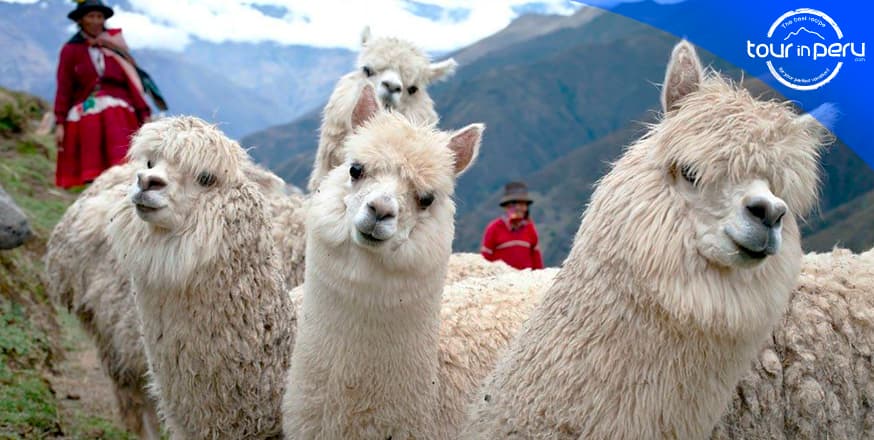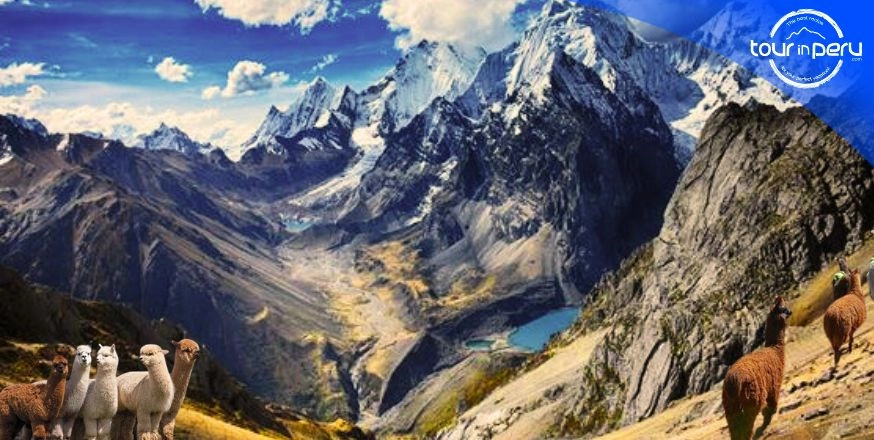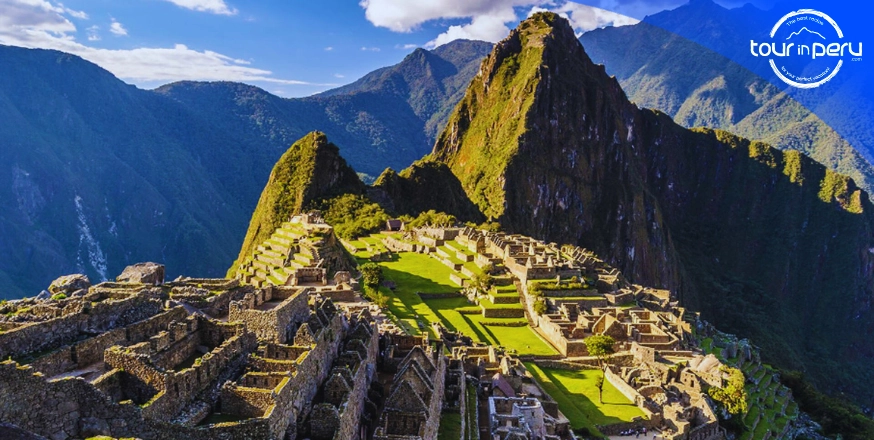One of the first things you’ll notice when you arrive in South America is the presence of alpacas. Related to the vicuña, llama, and guanaco, the alpaca is a precious animal thought to be a cross between llamas and vecuñas. Perhaps they came into existence some 6,000 years ago.
Constant Companions
The history of alpacas has not been a quiet one. They were treasured by the ancient Inca civilization. Their fine fleeces were reserved for Incan royalty. No other animal came close to their capacity for providing clothing, food, fuel, and companionship as domesticated animals.
They were so important to Inca culture, that hunting them was outlawed. That doesn’t mean that alpacas were never consumed. They were treasured as the most important animal for the Inca civilization. Their meat was consumed fresh in traditional preparations such as charqui and chalona. Their wool was made into yarns and fabrics, their bones, leather, fat and excrement had diverse applications such as musical instruments, footwear, medicines and fertilizer. Due to how valuable they were, they were preferred animals for religious sacrifices, the Incas believed that sacrificing an alpaca served to appease their gods.
The textiles of alpacas were significant for the Inca empire because they had religious and social value. A piece of cloth was considered the most precious gift. It was a sign of social status and was exclusive only to members of the royal family and the highest officials of the Inca civilization. Therefore, they allowed only designated craftsmen to weave the alpaca fiber.
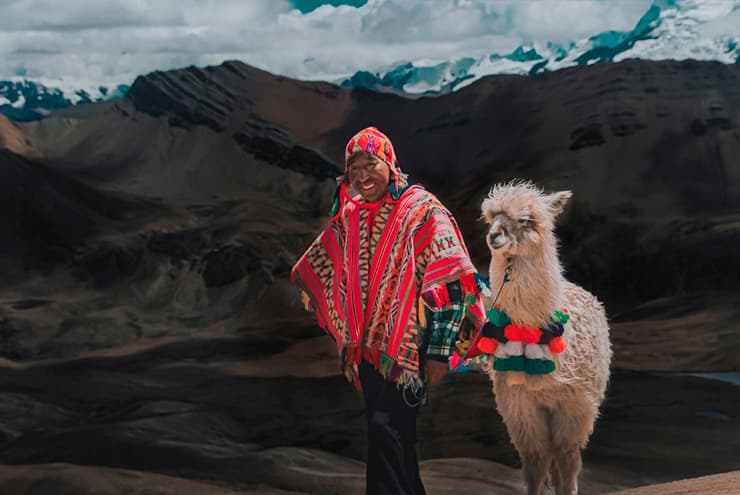
Near Extinction
1000 years before the Roman Empire, there was a thriving economy, based on selective breeding and the production of alpacas that are thought to have had even better fleeces than the finest alpacas today.
That almost came to an abrupt end with the conquest by the Spanish. Their invasion threatened to annihilate alpacas. The Spanish saw alpacas as little more than competitors for grazing lands available for their sheep. So in the hands of the invaders, alpacas were just a source of meat and were slaughtered almost to the point of extinction.
But the Incas loved their animals, so the survivors of the Spanish conquest were driven into the highest parts of the Andes mountains, and they took their alpacas with them into exile. In The loving care of their Incan masters, the alpaca population survived. Their ability to tolerate harsh climates helped as well.
It would be a while before the beauty and resilience of alpaca fleece would be rediscovered by the world.
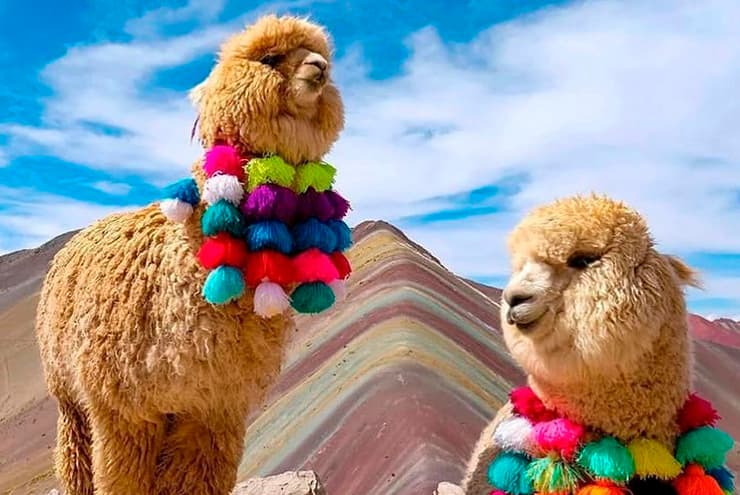
The World Loves Alpaca Cloth
Sir Titus Salt, originally from Leeds in Yorkshire, reintroduced the world to the remarkable fiber of the alpaca and began promoting it to be used in the finest fashion houses of Europe. He worked with alpaca fiber in Bradford but then brought his operation to Saltare which is now a world heritage site. In the southern hemisphere of the world, Charles Ledger was the first to import alpacas into Australia in 1858. It’s believed that none of the descendants of those alpacas are with us to this day.
Alpaca farming remains largely a South American practice, mostly concentrated in the Altiplano. Alpacas are hardy creatures that endure a harsh climate. Enduring burning temperatures in the daylight, freezing conditions at night, and doing without most of the luxuries that are afforded animals in modern husbandry. Peru is home to approximately 2.5 million alpacas.
The United States and Canada didn’t see their first alpacas until 1984. The alpacas thrived in these countries under the more temperate climates and the more sophisticated animal husbandry and breeding techniques.
To this day the quality fibers and yield of the alpaca are big players on the world scene. And steps are still being taken to improving the species through selective breeding.
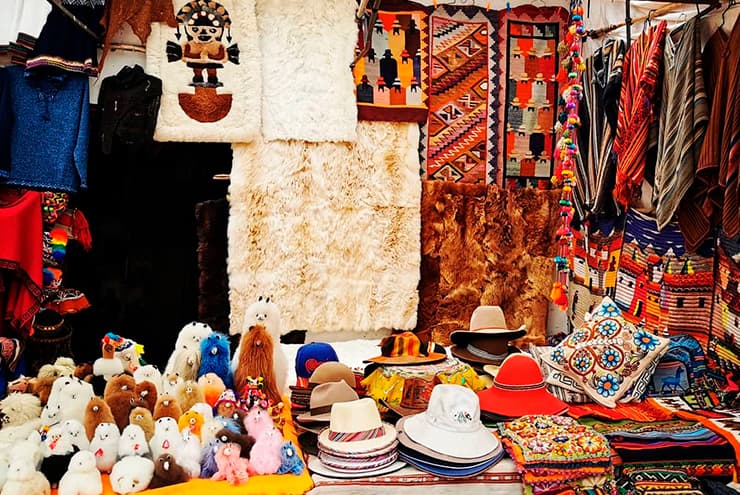
That’s all very nice, but there’s no substitute for seeing alpacas working with humans with your own two eyes. Contact TOUR IN PERU to visit Machu Picchu and its ancient animals.



